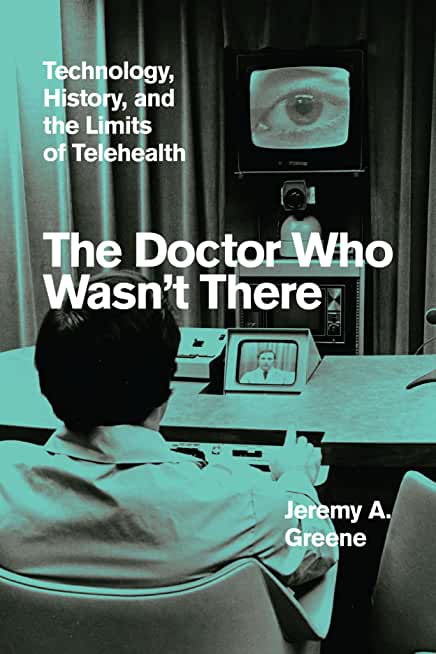
Greene, Jeremy A.
product information
description
8This gripping history shows how the electronic devices we use to access care influence the kind of care we receive. The Doctor Who Wasn't There traces the long arc of enthusiasm for--and skepticism of--electronic media in health and medicine. Over the past century, a series of new technologies promised to democratize access to healthcare. From the humble telephone to the connected smartphone, from FM radio to wireless wearables, from cable television to the "electronic brains" of networked mainframe computers: each new platform has promised a radical reformation of the healthcare landscape. With equal attention to the history of technology, the history of medicine, and the politics and economies of American healthcare, physician and historian Jeremy A. Greene explores the role that electronic media play, for better and for worse, in the past, present, and future of our health. Today's telehealth devices are far more sophisticated than the hook-and-ringer telephones of the 1920s, the radios that broadcasted health data in the 1940s, the closed-circuit televisions that enabled telemedicine in the 1950s, or the online systems that created electronic medical records in the 1960s. But the ethical, economic, and logistical concerns they raise are prefigured in the past, as are the gaps between what was promised and what was delivered. Each of these platforms also produced subtle transformations in health and healthcare that we have learned to forget, displaced by promises of ever newer forms of communication that took their place. Illuminating the social and technical contexts in which electronic medicine has been conceived and put into practice, Greene's history shows the urgent stakes, then and now, for those who would seek in new media the means to build a more equitable future for American healthcare.
member goods
No member items were found under this heading.
listens & views

HARD TO FIND JUKEBOX CLASSICS ...
by HARD TO FIND JUKEBOX CLASSICS 1957: POP GOLD / VAR
COMPACT DISC$16.99
Return Policy
All sales are final
Shipping
No special shipping considerations available.
Shipping fees determined at checkout.






